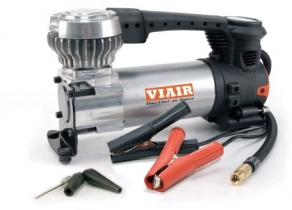-
Welcome to Tacoma World!
You are currently viewing as a guest! To get full-access, you need to register for a FREE account.
As a registered member, you’ll be able to:- Participate in all Tacoma discussion topics
- Communicate privately with other Tacoma owners from around the world
- Post your own photos in our Members Gallery
- Access all special features of the site
Good read on the 'narrow vs wide' argument
Discussion in 'Wheels & Tires' started by benbacher, Oct 2, 2012.
Page 1 of 4
Page 1 of 4


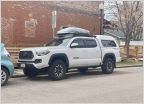 255x85r16 on 16x8 with -10 offset ??
255x85r16 on 16x8 with -10 offset ??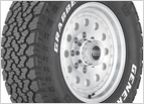 Can't get 14" tires anymore
Can't get 14" tires anymore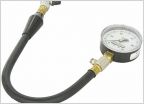 Tire Pressure Gauge Accuracy
Tire Pressure Gauge Accuracy Yokohama Geolander A/T G015
Yokohama Geolander A/T G015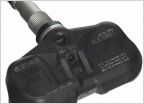 New TPMS Sensor compatibility
New TPMS Sensor compatibility

